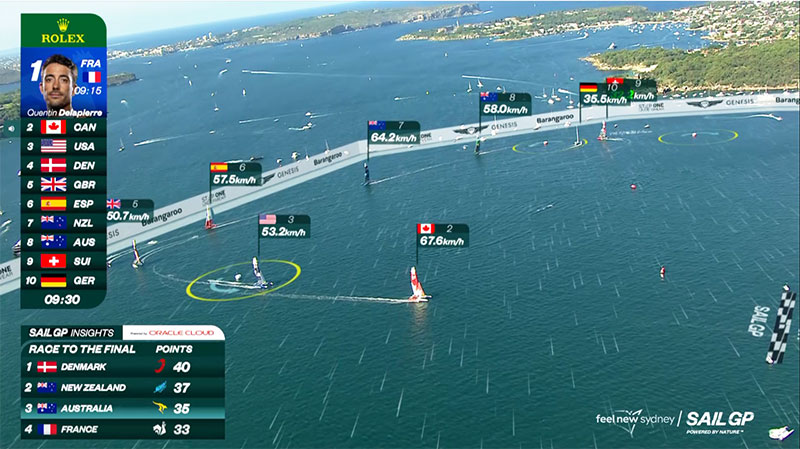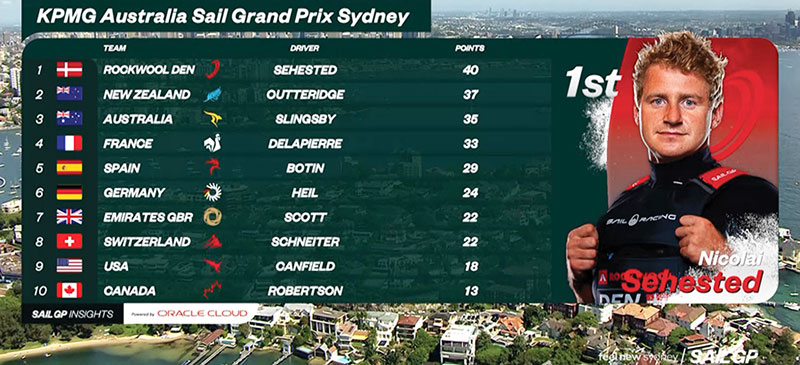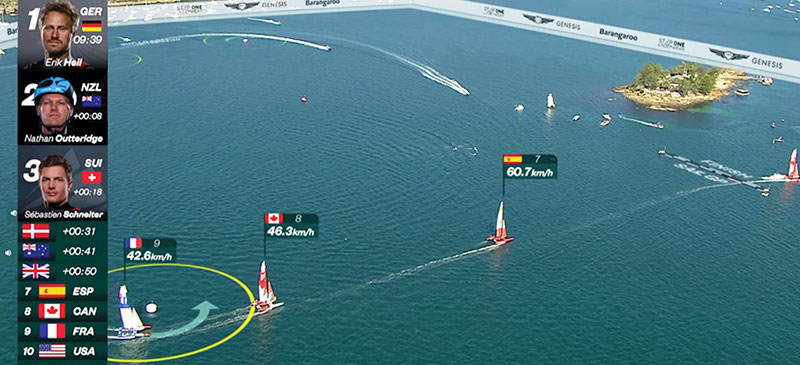RT Software makes its broadcast graphics tools and render engine accessible and adaptable to many workflows – remote or on-prem – for news, sports, entertainment and channel branding

Dynamic graphics have become an essential element in modern live broadcasts. But the unpredictable nature of live events puts operators under pressure to produce and deliver graphics on-air quickly.
RT Software in the UK develops graphics creation and playout systems to help broadcast graphics teams accelerate their work. The founders originally worked together in research and development at the BBC before using their expertise to set up their own company. Its customers now include Sky Sports, Sky News, TNT Sports (UK), Eurosport (France), TRT (Turkey), Bell Media (Canada), SABC (South Africa) and TVNZ (New Zealand).
“Our relatively small size means we can be nimble regarding customer requirements,” said RT Software Marketing Manager Ian Young. “The four main areas we serve are news, sports, entertainment and channel branding. Since broadcasters are diverse in what they require, we aim to be flexible and adaptable, and develop a full range of diverse products that they can pick and choose from to create a complete tool set. We work with a lot of major brands, and it’s always interesting to see how they use our technology.”
Robust Render Engine
The graphics tools all run on the company’s robust core render engine, Swift Engine, which gives the graphics consistency and distributes the latest versions of projects automatically to the render machines, ready to go live to air. To scale up, users can add as many instances of Swift Engine as required to deliver a project.
MediaWatcher, one of RT Software’s Swift Services, is where data and assets are turned into branded on-air graphics. It monitors the data sources and which graphics it needs to populate, and runs autonomously, continually checking for new data and files. Its datalink is dynamic, updating the data live in the graphic as changes occur in the source.
DataServer, another Swift Service, centralises management of the entire graphics infrastructure from a single location. The customisable Swift Live web interfaces that control the tools work through a connection to DataServer, which presents graphics to the operator. This means operators can go to wherever projects are located and only need a web browser to access their graphics.

Catamaran Racing
Ian said, “Once we hand off our systems to customers, we want clients to become self-sufficient in using them, but we continue to supply any necessary support. For example, one of our clients is the organizer behind major international catamaran races. Typically, these events are held in glamorous locations all over the world, from San Francisco to Dubai, but they are challenging to film because they are held out in open water and move very fast.”
Helicopters are used for filming at the race location. The signals are sent back to London where an internal team runs an operation centre, using RT Software’s systems to deliver a set of graphics for those races. Often, this involves overlaying augmented reality (AR) graphics onto the water because the race leaders aren’t always obvious, nor is each participant’s location.
“It can be tough to gauge where the start and finish lines are, so graphics are important to help viewers understand how the race is unfolding. We also supply scorecards and timings, which appear on the broadcast so viewers can see the position of the races or team profiles,” said Ian.
“All these graphics are supplied from the operations base in London, powered by our Swift Engine. Race data is pushed into our system through our client’s system, which we interface to drive the graphics rendering.”
Workflow – Reliable I/O, GPU Processing
The workflow is straightforward. The raw video signals come into the client’s facility in London via a high bandwidth distribution network. From there, the signals are distributed into graphics work station PCs running Swift Engine, AJA Corvid 88 cards for video I/O, and an NVIDIA GPU for processing. Gallery operators then overlay the graphics before the signal goes out to various television channels and is streamed online.
“It sounds simple, but a lot of video comes in and out simultaneously, which requires quite a bit of hardware and processing power,” Ian said. “Also, our broadcast customers only get one shot to get it right, which means our products must be reliable. For that reason, we have standardized all of our systems on AJA SDI I/O gear, and make custom as well as turnkey solutions available.

With Corvid 88, developers can build systems that take better advantage of video and audio I/O capacity. Each SDI connection can be configured individually as input or output and mix formats for up to eight HD or SD channels on a single card. To work with higher resolutions, SDI connections can be combined for multiple 4K/UltraHD channels, resulting in extreme flexibility and opening opportunities for varied playout and ingest servers or channel-in-a-box systems.
For instance, Swift Engine delivers frame-accurate graphics under the control of Pebble’s Automation 2.0 and Integrated Channel playout systems. Pebble operators have full control over graphics content directly from their playlist, including dynamic updates.
RT Software has also migrated its graphics editors, render engine, workflow tools and graphics projects from earlier Grass Valley playout systems to the new Playout X, which manages linear, on-demand and streaming channels and is available on the cloud-native GV AMPP. It even uses the management layer of the NVIDIA Holoscan for Media platform to deploy multiple instances of Swift Engine and DataServer as containerized applications.
IP vs SDI
“The turnkey solutions are pretty much a black box and include everything the customer wants, but we can modify elements,” said Ian. “Users can also make their own changes to the workstations if they’d like, and we give guidance on what add-ons meet our specifications and their needs. Since our products are used globally, it can be more economical for customers to buy local components and put the systems together themselves, but we always help out where we can.”
Though RT Software is seeing a slow shift towards IP, both for uncompressed SMPTE ST 2110 and the lower bandwidth version of NDI, the majority of broadcasters are still using SDI. The AJA cards are important for managing those workflows. “Major hurdles remain before broadcasters can adopt SMPTE ST 2110, mainly because of the big infrastructure changes it requires unless a facility is starting from scratch,” said Ian. “Also, I think broadcast engineers are less familiar with IP workflows.”
Intelligent Telestration
The company has incorporated AI features into its products for some time, in particular for Tactic Pro, a telestration tool for sports match analysis and illustrating alternative gameplays. Previously, operators would calibrate telestration systems manually, setting up the field perspective so that graphics match the camera angle, often a laborious, time consuming process.

“The operator would then attach graphics to a player and have to move them forward step by step, using manual key framing,” Ian said. “This approach is slow and imperfect, and you might only have 30 minutes or less to get the content on air.
“Instead, the AI mechanism within Tactic now handles the field setup and player tracking automatically in a few seconds. We have continued to develop other AI-driven functionality for operators as well. For example, with Team ID, we can now identify the teams the players belong to, which makes attaching team formation graphics much quicker.
Broadcast Friendly Strategy
Developing the software as browser-based tools makes it more flexible regarding deployment. The processing backend can be installed in a public cloud, private data centre or traditional on-prem server room. Wherever the processing is deployed, the user’s frontend can be accessed wherever the control room has been set up.
Users can still run full animated graphics previews over the network, giving them confidence before they trigger their live graphics to air. RT Software’s graphics systems are used in many different environments, and in the fast moving worlds of news or sports, flexibility is critical to operators to remain competitive. www.aja.com




















